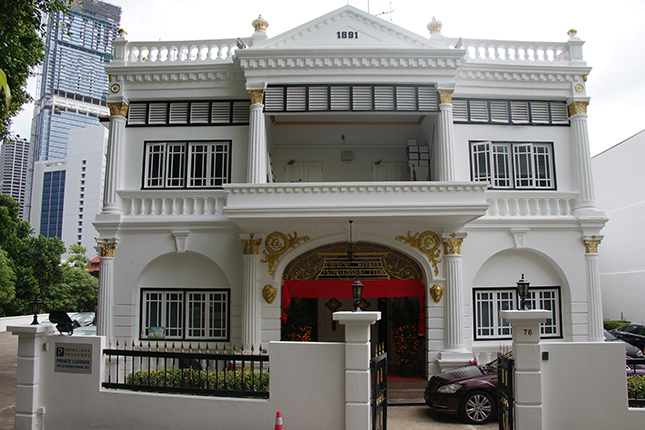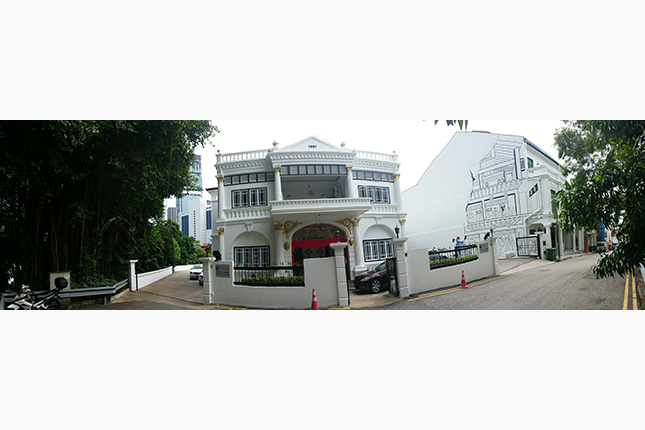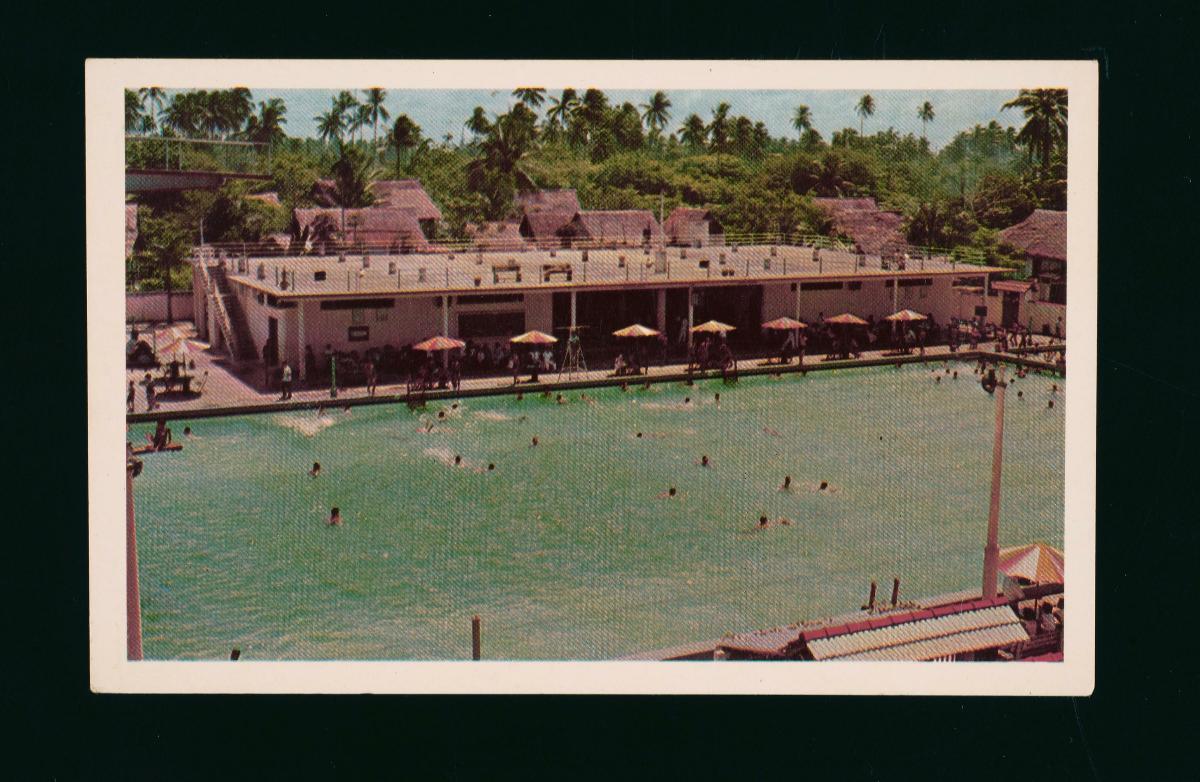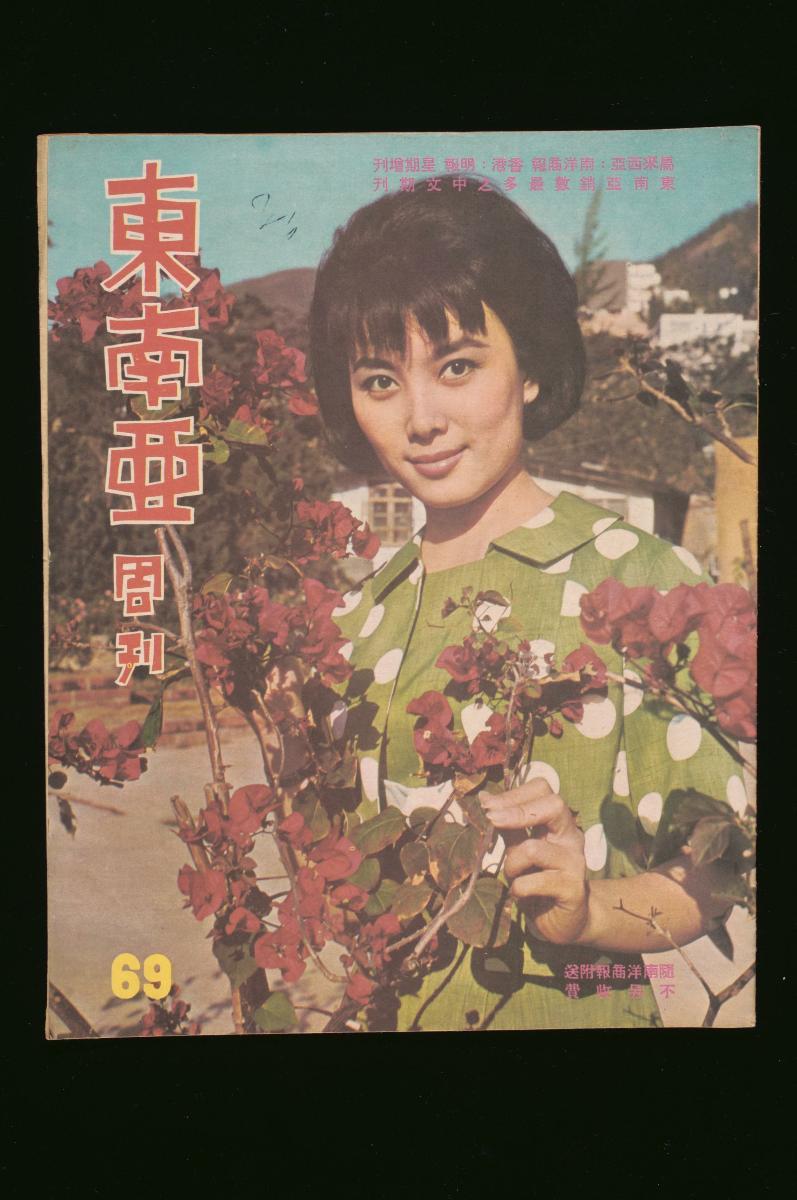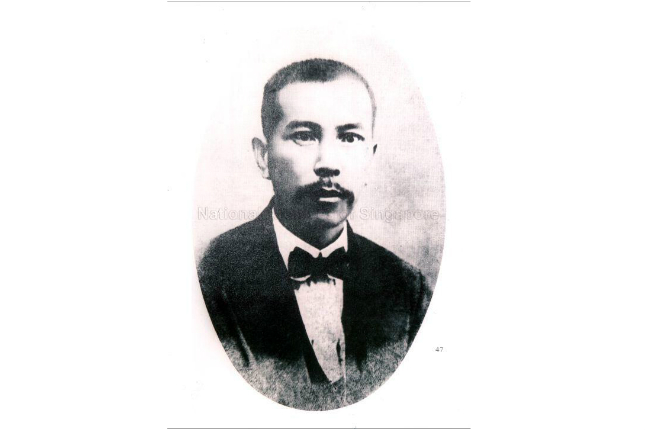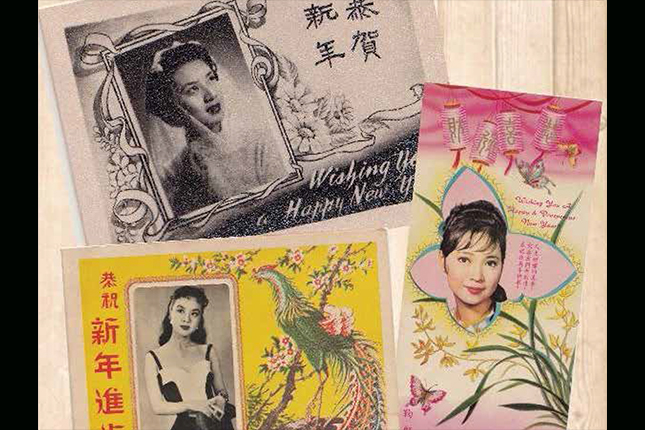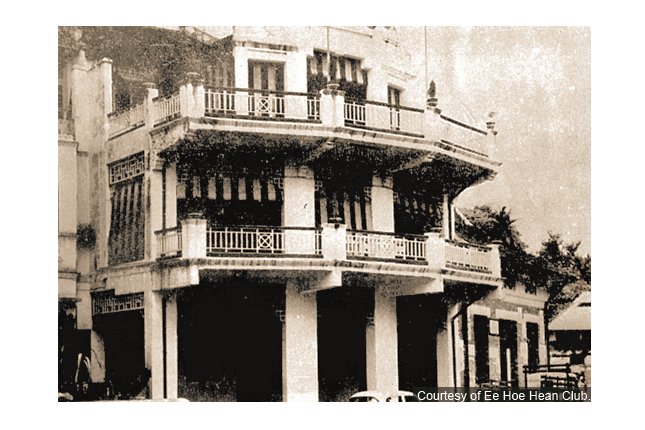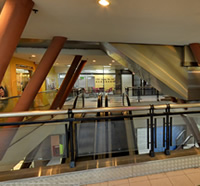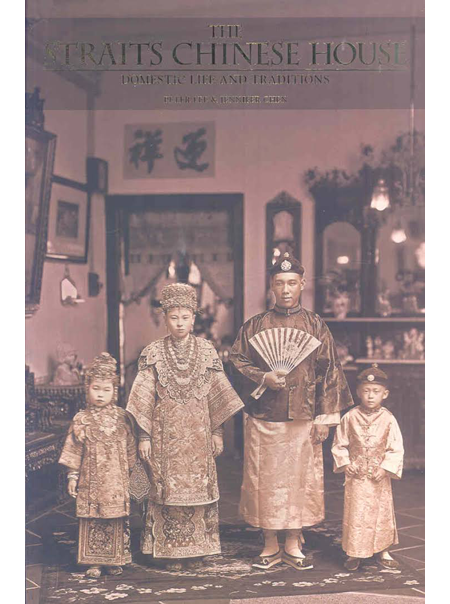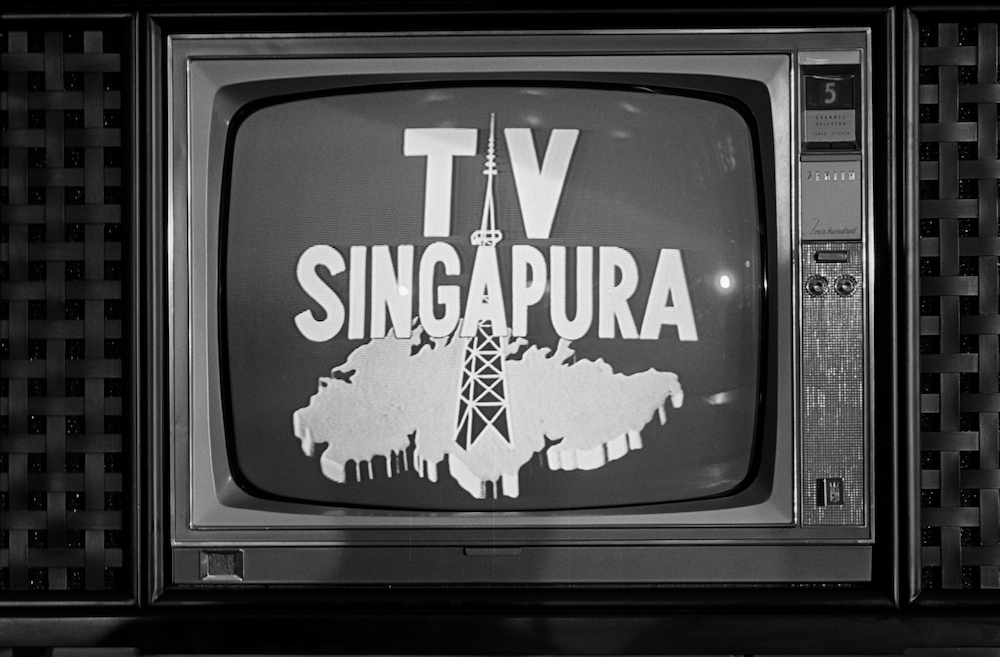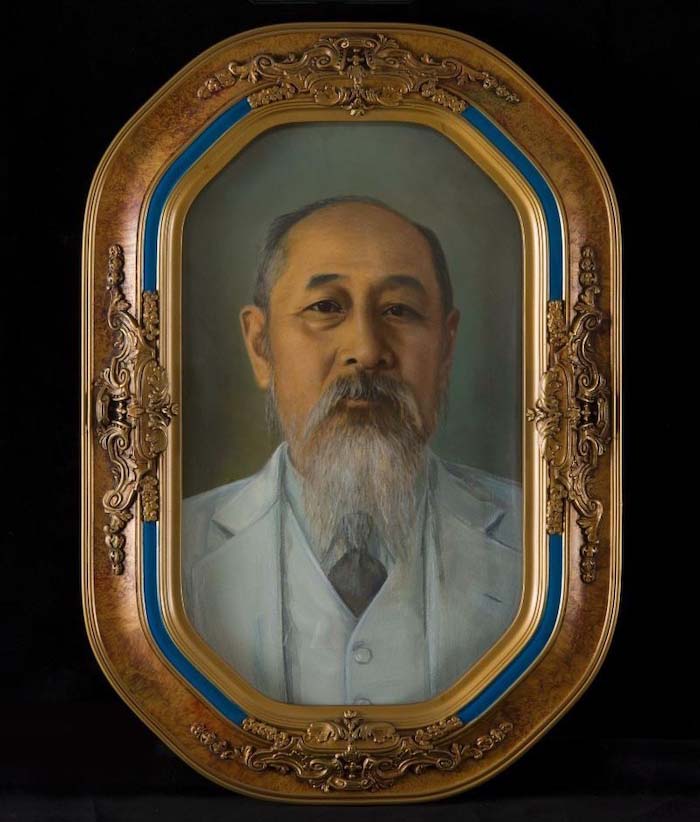It is unclear when the Singapore Chinese Weekly Entertainment Club was first established. All that is known is that it acquired its own premises before 1885.
Before 1885, it is believed that the club occupied the Lessuden House at Ann Siang Hill. The house was described in Sir Song Ong Siang’s book, 100 Years History of Chinese in Singapore, as a “fine and commodious club house”.
Originally called the Chwee Lan Teng Club, it was the very first clubhouse to be built in the Ann Siang Hill precinct. Its prestige and prominence were such that Club Street came to be named after it. In 1891, Tan Quee Lan reconstituted the club as the Weekly Entertainment Club. By 1898, it had moved to Gemmill Hill after being forced out of its original location.
The club mainly attracted the Straits Chinese elites of Singapore, and as such was often referred to colloquially as the “Millionaires’ Club”. Members comprised mainly of wealthy Straits-born Chinese businessmen, who met regularly for social get-togethers. The club was used as a place to entertain business associates and guests as well.
Europeans were invited to mingle with this crowd of prestigious Chinese on Saturday nights, known as “Guest Night”. These were extravagant affairs, where members would tuck into a sumptuous 10-course Chinese dinner with champagne.
The club was thought to represent the Singapore Chinese business and elite class who were more closely associated with the British colonial establishment, rather than the bustling vernacular Chinese business class. A member who depicts the club’s social class was Dr Lim Boon Keng — an English-educated gentleman and also a self-taught Chinese scholar. Other distinguished members included Tan Cheng Tuan, Tan Boo Liat, Tan Hup Seng, Tan Kheam Hock and Aw Boon Haw.
Architecturally, the club’s premise is a vernacular classical house. This style was mostly designed by draftsmen who were allowed to plan buildings up to four storeys. Local entrepreneurs typically engaged their services for commercial and residential buildings in the city and suburbs.
In the case of the club, the vernacular style was slightly modified with the addition of a large protruding balcony that serves as a sheltered porch for the main entrance. The building also features a symmetrical design, with all the trappings of classical embellishment, befitting its colonial setting.
Buildings and sites featured on Roots.SG are part of our efforts to raise awareness of our heritage; a listing on Roots.SG does not imply any form of preservation or conservation status, unless it is mentioned in the article. The information in this article is valid as of May 2019 and is not intended to be an exhaustive history of the site/building.




